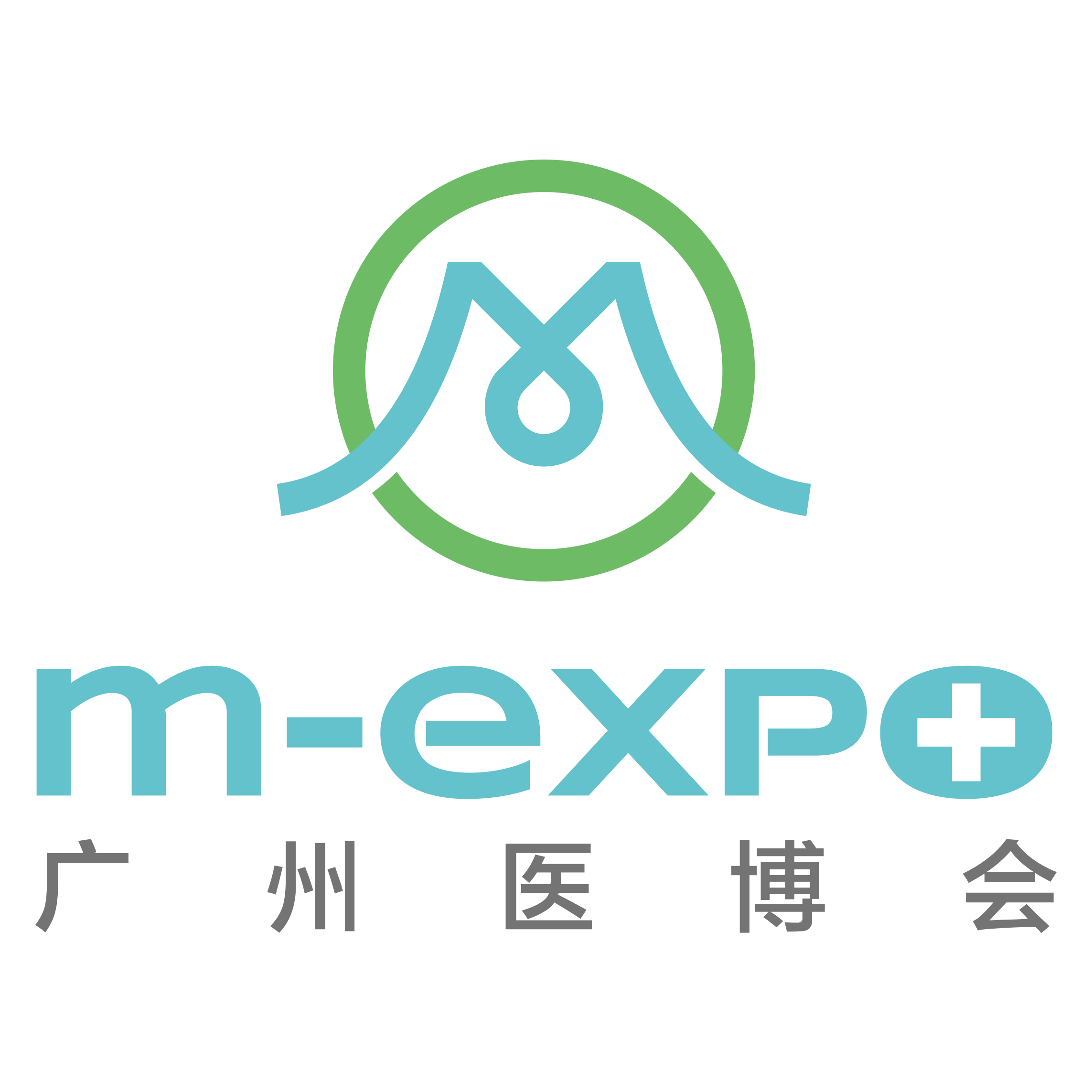On January 17th, the National Healthcare Security Administration held a press conference, where the heads of various units of the National Healthcare Security Administration introduced the work arrangements for 2025.
For the pharmaceutical industry, innovative drugs are once again bringing good news. Huang Xinyu, Director of the Medical Service Management Department of the National Medical Insurance Administration, stated that the medical insurance department will launch a Class C catalog. At the same time, the adjustment of the medical insurance catalog in 2025 will be advanced, starting from April 1st, and transitional measures for pre declaration will also be taken.
Anti corruption in the pharmaceutical industry has also been mentioned. Ding Yilei, the director of the Price Procurement Department of the National Medical Insurance Bureau, was once again named when answering a question from a reporter from the China Discipline Inspection and Supervision Daily, a subsidiary of the Central Commission for Discipline Inspection. In addition, Ding Yilei also revealed that in 2025, the medical insurance department will continue to promote centralized quantity based procurement of drugs and high-value medical consumables. At the national level, the eleventh batch of centralized procurement of drugs will be carried out in the first half of the year, and the sixth batch of centralized procurement of high-value medical consumables will be carried out in the second half of the year, and a new batch of centralized procurement of drugs will be launched in a timely manner. At the same time, at the local level, it is necessary to carry out centralized procurement with professional characteristics and the nature of a national alliance. It is estimated that there will be about 20 alliances, including traditional Chinese patent medicines and simple preparations, Chinese herbal pieces and high-value consumables.
Innovative drugs bring multiple benefits: launching Class C catalog
In response to media questions, Huang Xinyu stated that in the past seven years, the national medical insurance drug catalog has added a total of 835 new and good drugs, especially last year when the global new innovative drugs added by medical insurance reached 38, a record high. The medical insurance department's true support for innovation, true innovation, and differentiated innovation has been further demonstrated.
At the same time, regarding the Class C drug catalog that is highly concerned by all sectors of society, Huang Xinyu stated that medical insurance will research and develop a Class C drug catalog based on the existing Class A and B classifications of basic medical insurance. This is a major attempt to improve China's medical insurance drug catalog system, which is conducive to leveraging the policy advantages, expert advantages, and management service experience of the medical insurance department to reasonably determine the scope of drug protection for commercial health insurance, support commercial health insurance to play a more important role in the multi-level medical insurance system, facilitate the construction of a diversified payment mechanism for innovative drugs, support the development of new pharmaceutical production capacity, meet the diversified medical insurance needs of patients, improve the level of protection, and reduce the cost burden of disease treatment.
For the Class C directory, Huang Xinyu also revealed the following four pieces of information:
One is in the category of Class C drugs. As an effective supplement to the basic medical insurance drug catalog, the Class C catalog mainly focuses on drugs with high innovation level, huge clinical value, and significant patient benefits. However, due to their functional positioning beyond the basic medical insurance, they are currently unable to be included in the basic medical insurance drug catalog.
相关推荐
- Full-chain Empowers Industrial Innovation! The 2025 Guangzhou Medical Expo Successfully Concludes Today 2025-08-24
- Grand Opening of 2025 Guangzhou Medical and Health Industry Expo: Jointly Paint a New Blueprint for Health and Play the March of Industrial Endeavor 2025-08-22
- Over 400 hospitals and enterprises gather in the City of Rams! Guangzhou Medical Expo has become a highland for the first launches of innovative pharmaceuticals and medical devices. 2025-06-13
- Invitation Letter | The 3rd Clinical Research Institution Exhibition and Guangzhou Clinical Research Industry Trade Fair 2025-04-16

